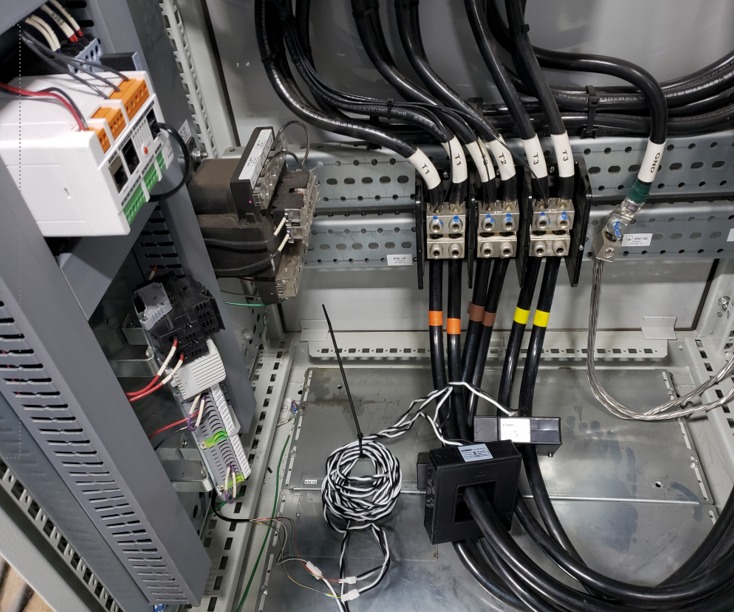Model Based Design Overview for System Development
The process of designing a system that transfers the record of authority from paper, documents, and files to digital models handled in a data-rich environment is called model-based design, or model-based development. Teams must establish a single, central model that serves as the hub for all development activities, including tracking requirements, designing specifications, implementing, validating, and deploying. Model-based development has been linked to several significant benefits, including increased engineering productivity, lower costs, and shorter development timelines. It is used to address challenges associated with designing complex systems in industries like aerospace and defense, automotive, robotics, electrification, and IoT.
Advantages of model-based design
The majority of businesses that use model-based design report development times that are lowered by up to 50% and at least 30%. Better group communication and lower risk—errors can be discovered early in the system design process, reducing the amount of time needed for necessary changes and their financial impact—are the sources of these savings. Model-based design (MBD) is a better approach to systems design than the conventional waterfall development process, even if time and cost efficiency are the only factors considered. MBD practitioners also benefit from several other advantages.
minimizes the requirement for building physical prototypes since engineers can check and improve a system's design before building a hardware prototype.
speeds up development since errors and faults are found early on and prevented from spreading to other areas of the design.
By guaranteeing that there is a single source of truth and that all changes are propagated to the various teams, interdisciplinary communication is expedited and rework is decreased for development teams.
Because virtual prototyping and testing across several edge cases may be completed effectively, safely, and economically, functional safety is increased.
Challenges of model based design
Although model-based design (MBD) represented a major advancement in the creation of complex systems, there are still certain obstacles that businesses must overcome in order to implement MBD:
High initial outlay: In order to reap the benefits, businesses must dedicate all teams to using the MBD process, which necessitates an upfront outlay of time and money for the development of the necessary tools and procedures.
Potentially more complex: Modern complex systems, like driverless cars, could need a lot of subsystems and parts, which makes it challenging to integrate them all into a single model.
MBD tools that lackluster and have limited integration options: In order to support their MBD and MBSE workflow, organizations frequently have to pick between subpar and worse tools.


0 Comments